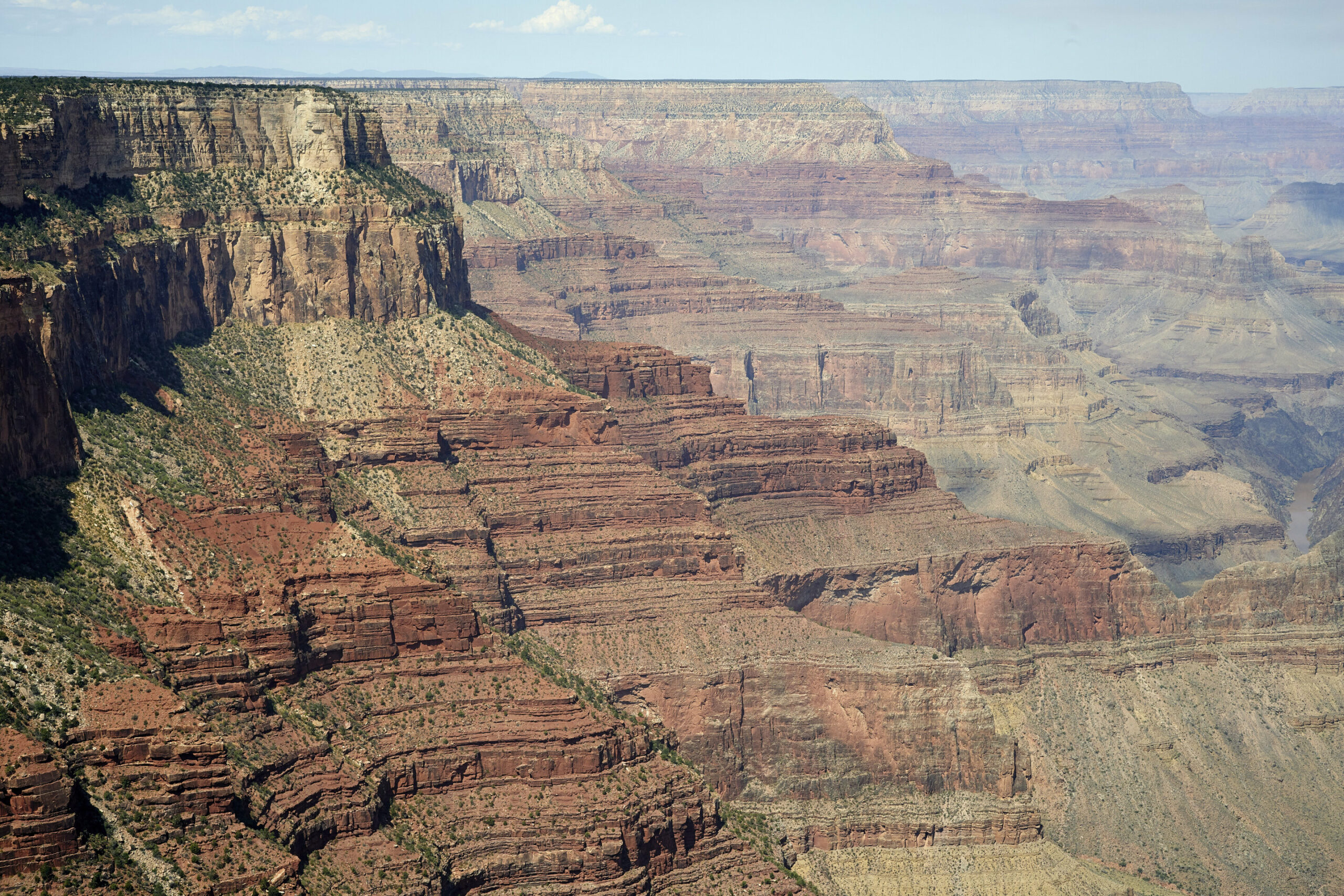The Grand Canyon is visited by millions of people every year, but despite this, not all of its rock layers have been named or studied. In a new report published in the journal Geosphere, a UNLV-led research team has identified and named a previously unexplored 500 million-year-old rock formation in the Grand Canyon. The newly named rock layer is called the Frenchman Mountain Dolostone (FMD) and has been hiding in plain sight for millennia.
The FMD has been named after a similarly named mountain located adjacent to Las Vegas, Nevada, where it is thickest, most complete, and most accessible for study. The UNLV research team used scientific detective work to narrow down the age of this stratigraphic interval and its relationship to strata in the Grand Canyon.
Lead author Steve Rowland, an emeritus professor of geology at UNLV and paleontologist at the Las Vegas Natural History Museum, explains that for decades, geologists were unable to precisely correlate the succession of strata at Frenchman Mountain with those in the Grand Canyon. This was partly because Frenchman Mountain was tectonically displaced about 40 miles to the west since the rocks were deposited. Establishing detailed descriptions and thickness measurements of the strata at Frenchman Mountain and also in the Grand Canyon has finally allowed the researchers to solve this problem.
The First New Formation Named in the Canyon Since 1985
The FMD is over 1,200 feet thick at Frenchman Mountain, but it thins dramatically towards the east. The portions exposed within the Grand Canyon range in thickness from nearly 400 feet near the “West Rim” Skywalk to less than 100 feet in Marble Canyon, in the eastern part of Grand Canyon National Park. The FMD contains no fossils, so geologists were unsure of its age. The research team used a relatively new technique to determine its age by analyzing fluctuations in the ratio of stable isotopes of carbon.
The results indicate that the newly named formation was deposited over an interval of 7.3 million years, during the Cambrian Period, between 502.8 million and 495.5 million years ago. The FMD is the first new formation to be named in the canyon since 1985 when the Surprise Canyon Formation was named. It is also the first rock layer exposed in the Grand Canyon to be named for a location outside the Grand Canyon region.
In addition to Rowland, the research team included former UNLV graduate student Slava Korolev, Denver Museum of Nature and Science geologist James Hagadorn, and UNLV mathematics professor Kaushik Ghosh. The discovery of the FMD has provided a greater understanding of the geological history of the Grand Canyon, and it is hoped that it will lead to further discoveries and advancements in the field.



Leave a Reply